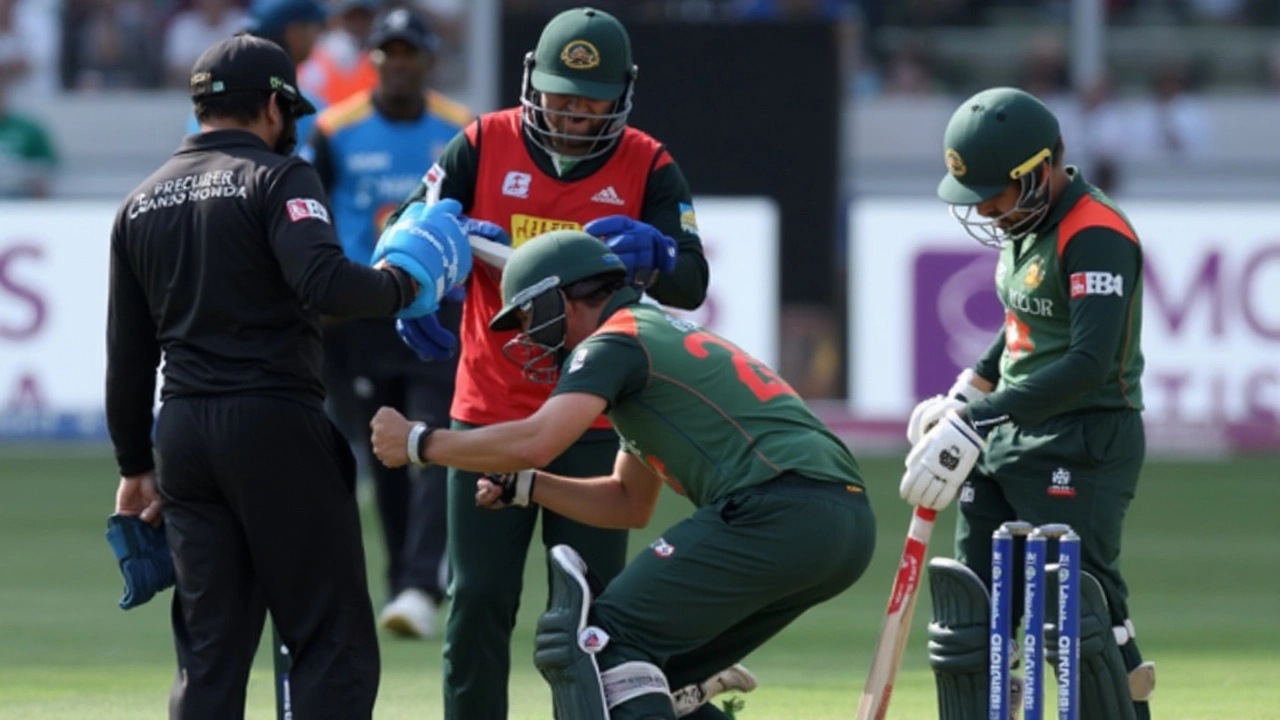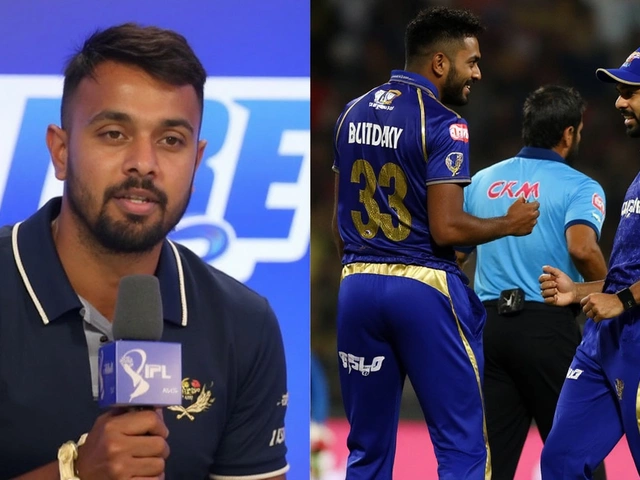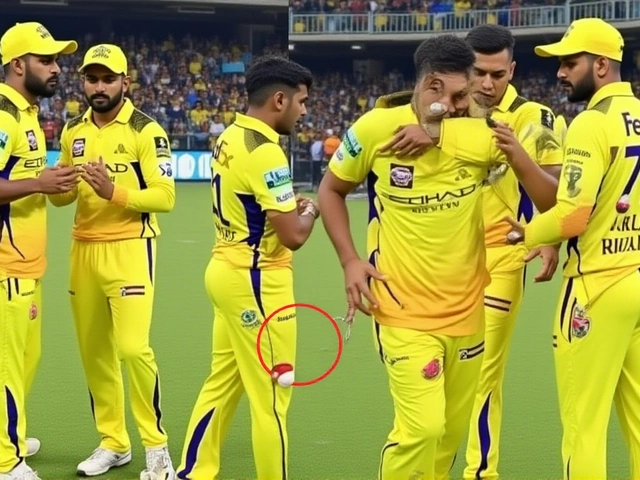Damar Hamlin's Collapse Stuns the NFL World
When Damar Hamlin, just 24 and at the peak of his career, hit the turf during a clash between the Buffalo Bills and Cincinnati Bengals, nobody was prepared for what would unfold next. This wasn’t a routine sports injury. Hamlin stood up briefly after a tackle, only to suddenly crumple, shocking players, coaching staff, and millions tuned in for Monday Night Football. Nobody could miss the stunned silence that hit the stadium as the gravity of the moment sunk in.
Medical teams rushed the field immediately, launching into textbook emergency response. Every second counted. As those in the stands and at home watched in horror, first responders performed CPR and used an AED on Hamlin right there on the turf. It's moments like this that put everything—the noise, rivalry, and stadium lights—into stark perspective. The once-roaring crowd was mute, some praying, others frozen in disbelief, while teammates looked on visibly shaken, some fighting back tears.
Hamlin was whisked away to the University of Cincinnati Medical Center, his life hanging in the balance. The diagnosis was commotio cordis—a rare, life-threatening condition. Experts like Dr. Barry Maron have explained how a sudden, well-timed impact to the chest can literally short-circuit the heart's rhythm, stopping it dead in its tracks. It's every athlete's parent’s nightmare: one wrong hit, even with pads and high-level training, can be fatal if help isn’t immediate.

The Road to Recovery and Changing the Game for Athlete Safety
Athletes take risks, but Hamlin's case was a harsh reminder of just how quickly things can go wrong. By all accounts, he’s lucky. His survival was no miracle—it was thanks to rapid, skilled responders, well-drilled CPR, and having an AED on hand. These details aren’t just technicalities; they’re the thin line between tragedy and recovery.
Hamlin’s long recovery made headlines. He spent days in critical condition before regaining consciousness, leaving even medical professionals amazed at his turnaround. What’s more astonishing? By April 2023, after countless checkups and a rigorous recovery plan, Hamlin was medically cleared to return to the NFL. This comeback story rippled beyond the league; it spurred parents, coaches, and sports organizations to take athlete cardiac arrests a lot more seriously.
The NFL, like many leagues, had existing protocols, but seeing one of their own almost die on the field changed how they think about preparedness. Teams began ramping up CPR and AED training, often inviting experts to educate both staff and players. Suddenly, knowing how to use an AED wasn’t just for trainers—it was seen as a duty for everyone on the field.
Since his recovery, Hamlin’s been outspoken. He’s using his platform to push for more CPR and AED awareness—not just in pro sports, but everywhere youth sports are played. He calls for emergency plans at every athletic facility, from high school gyms to college fields. There’s a new urgency—parents are demanding it, and many local leagues are catching on.
The legacy of that night is bigger than a return to play. Hamlin's journey has made heart health a headline issue. Athletes, parents, coaches—they’re all talking about it, and real changes are taking hold. Damar Hamlin may have been knocked down in front of a national audience, but what happened next just might save countless lives in the years to come.



